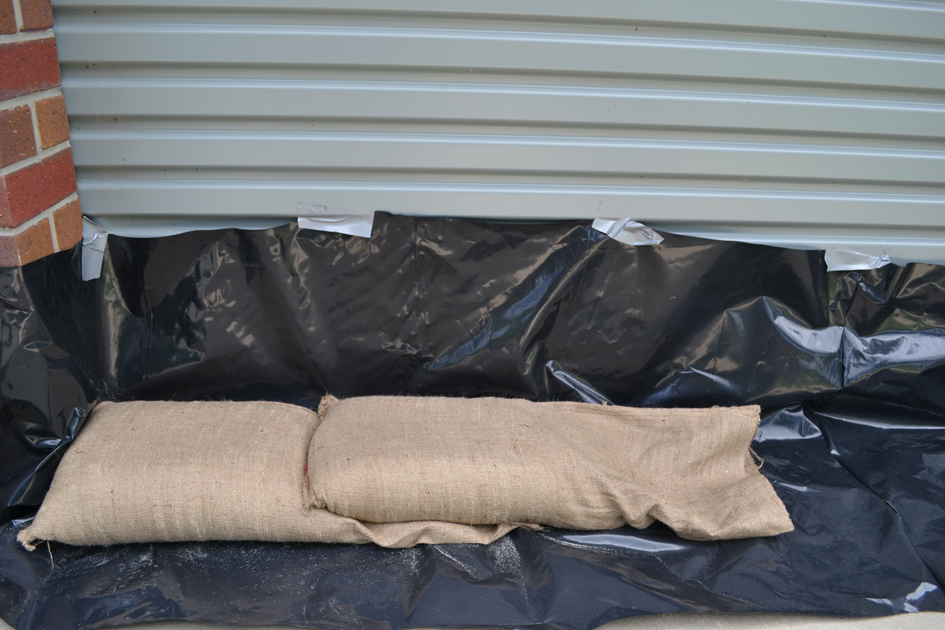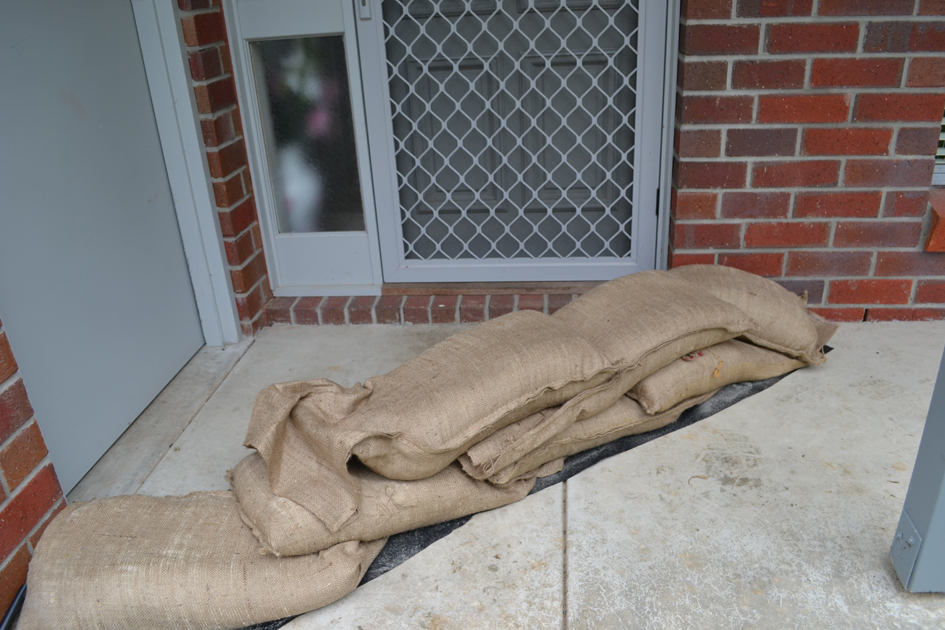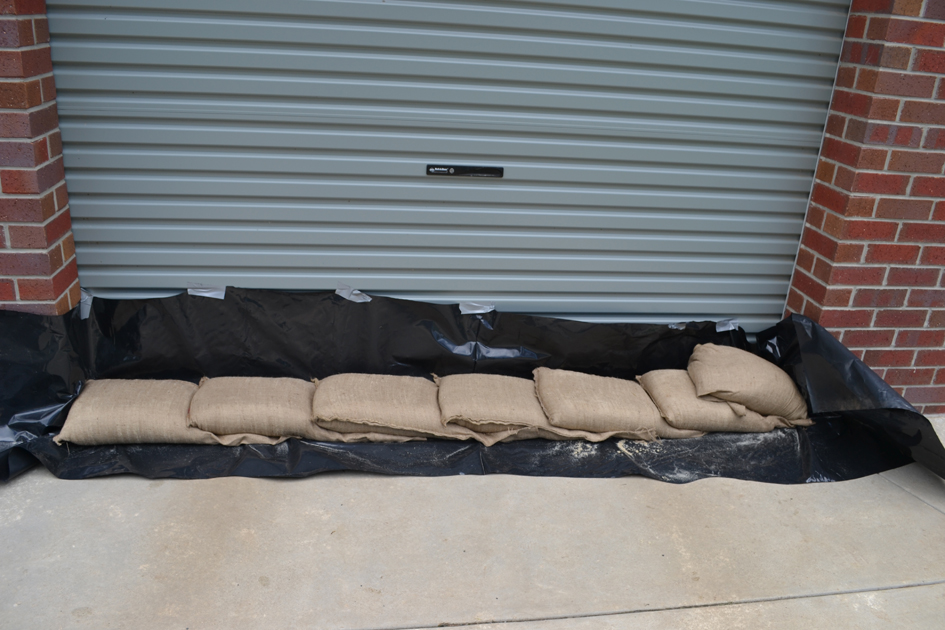When placed correctly, sandbags can reduce the impact of flooding on your home or business.
Where can I get sandbags?
You can purchase sandbags from some hardware stores and landscaping suppliers. Your local Council may supply sandbags during flood and storm season. Contact your local Council or visit their website for more information.
There may be a limited supply of sandbags during an emergency when significant flooding is occurring. They may only be issued by Council or the State Emergency Service (SES) on a case by case basis. You should be ready and purchase or prepare your own sandbags prior to an impending flood.
Self -inflating sandbags are a ready-to-use, light weight alternative that don’t require filling. They will self-inflate when they come into contact with water and can be stored a longer time than hessian sandbags.
How do I fill the sandbags?
- Use sand to fill bags. It works much better than soil, clay or gravel. Only use these if sand is unavailable.
- Only fill bags 2/3 full.
- Do not over fill bags as they will be too heavy to carry. A filled sandbag can weigh 15-20 kilograms.
- Do not tie the top of the sandbag, unless transporting.
Tip – Sandbags may be place in plastic bags to provide greater water resistance.
How do I lay sandbags?
- Place down a layer of plastic sheeting to act as a water proof membrane.
- Lay sandbags like brickwork on top of the plastic sheeting, staggering rows so the joins do not line up.
- Start at one end and work to the other end.
- Make sure the unfilled top part of the bag is covered by the next bag.
- At the end of the row, tuck the flap under the bag.
- Flatten down the sandbag row before adding the next row to help build a better structure.



Where do I need to put the sandbags?
Most standard homes and buildings on a concrete slab can be protected with less than 25 sandbags. Sandbags will not stop the water completely but can reduce the amount of water entering your property.
It’s not always necessary to place a sandbag wall around the whole building. It may only be needed if the house is on stumps or constructed of timber or fibro sheeting. Sandbags can be placed to redirect water rather than keeping it out altogether.
Before building a sandbag wall, consider how you will remove floodwater that could become trapped between the sandbag wall and your building (e.g. pump, siphon, or bailing bucket).
- Create a small wall across doorways and roller doors, to at least the height of the expected flood level. Make sure you still have access to at least one doorway by building a wall that allows the door to still be opened (as pictured left).
- Cover air vents between brickwork with sandbags. Small vents can be covered with waterproof tape or plastic.
- Cover all drainage holes (sinks, showers, etc) to stop back flow of contaminated water.
- Block toilets with a small plastic bag of sand, weighed down by a larger sandbag.
What do I do once I have finished with the sandbags?
- Contact your local Council for advice on safely disposing of sandbags in your area.
- Dispose of any sandbags that have been in contact with floodwater.
- Wear sturdy gloves when handling wet sandbags as they can contain chemicals, waste, and disease.
- Sandbags should not be reused if they have been in contact with floodwater.
- Sand from unused sandbags can be scattered on lawns or gardens as topsoil where it will not wash into stormwater drains.
Storing sandbags
If keeping a stock of sandbags, store them in a dry place out of the sun. Wet or damp sandbags can rot. A sandbag made of polypropylene can be stored longer than a hessian sandbag.
